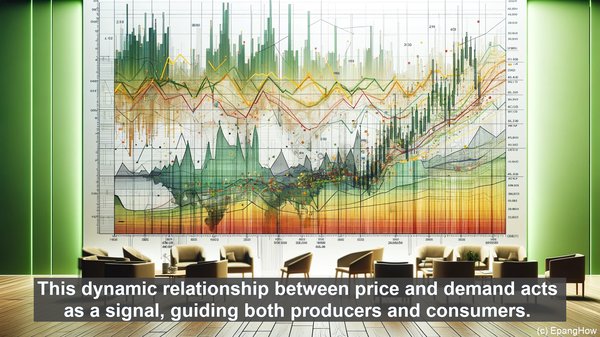Introduction: The Language of Economics
Greetings, audience! Economics, often referred to as the ‘dismal science,’ is a field brimming with intricate concepts. Today, we unravel the distinction between two such concepts: price signals and market signals. While they may seem similar, they possess unique characteristics and implications. Let’s dive in!
Price Signal: The Messenger of Value
A price signal, as the name suggests, is a message conveyed through the price of a product or service. It is a reflection of the interplay between supply and demand. When demand for a particular item surges, the price tends to rise, indicating its scarcity. Conversely, if supply outstrips demand, the price may fall. This dynamic relationship between price and demand acts as a signal, guiding both producers and consumers.

Market Signal: The Orchestra of Information
While a price signal is a crucial component of a market signal, the latter encompasses a broader spectrum. A market signal encompasses not only price but also other factors like quantity, quality, and even consumer preferences. It is an amalgamation of various signals, collectively painting a comprehensive picture of the market’s dynamics. Market signals are vital for decision-making, be it for businesses planning their production or consumers making choices.
Interpreting Price Signals: Insights for Producers
For producers, price signals are invaluable. A sudden surge in the price of a raw material, for instance, can indicate its scarcity, prompting them to explore alternatives or adjust their production. On the other hand, a rise in the price of the final product may signify increased demand, signaling an opportunity to expand. By closely monitoring price signals, producers can adapt their strategies, ensuring efficiency and profitability.
Decoding Market Signals: A Consumer’s Advantage
Consumers, too, benefit from market signals. Let’s consider the example of a new smartphone launch. The price alone may not suffice for a consumer’s decision-making. They may also consider factors like the features offered, the reputation of the brand, or even reviews from other users. Market signals, in this case, provide a holistic view, aiding consumers in making informed choices, aligning with their preferences and needs.

The Role of Technology: Amplifying Signals
In today’s digital age, technology has revolutionized the way signals are transmitted and received. Online platforms, for instance, provide a wealth of information, from price comparisons to user reviews, all at the click of a button. This accessibility has not only made market signals more readily available but has also empowered both producers and consumers, enabling them to make data-driven decisions.
